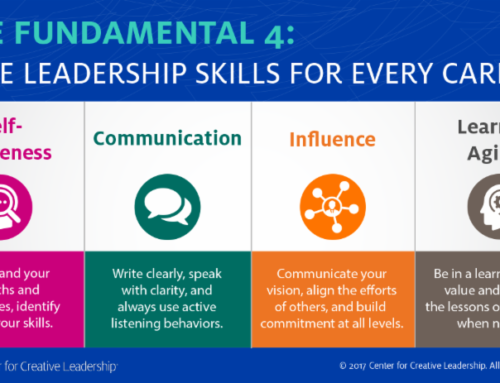You can reasonably argue that neither Bernie Sanders nor Donald Trump ever envisioned their presidential campaigns going as far as they have. The surprising success of their campaigns has turned the spotlight on the power of “followership.”
By all reports, most likely Sanders anticipated conducting an issues campaign – an attempt to generate a national conversation. In Trump’s case I’d venture it was a combination of a desire for a public platform for his ideas, and publicity seeking as a means of enhancing the monetary value of his brand.
Would either of them be where they are today without the passionate support of millions of followers?
For a long time I’ve been fascinated by the relationship between leaders and followers (or employees or members). My training in “old-school” union and community organizing hammered home the fact that leaders’ actions are influenced, encouraged and constrained by followers’ choices and desires. Leaders and followers are intertwined and mutually dependent.
I recently came across the term “followership” in Larraine Matusak’s classic how-to manual on leadership skills for everyday people (Finding Your Voice, 1997). It’s a term I’d never seen before. Possibly that’s because it’s only in the last 10 years that researchers have started to pay attention to the multi-directional network of influence between leaders and followers.
Barbara Kellerman summed it up well:
Contrary to what the leadership industry would have you believe, the relationship between superiors and their subordinates is not one-sided. Nor are followers all one and the same—and they should not be treated as such. Insofar as they can, followers act in their own self-interests, just as leaders do. And while they may lack authority, at least in comparison with their superiors, followers do not lack power and influence. (What Every Leader Needs to Know about Followers, 2007)
The nature and quality of communication and mutual influence between leaders and followers are, I believe, key factors in why projects and missions succeed or fail.
An organization that encourages followers to be detached and passive, through subtle and not-so-subtle messages, rewards and punishments, is setting itself up to fail big.
In such cultures, you have a train barreling down the tracks with no crew and no brakes.
When follower passivity hits an entire industry, and its leaders lack a moral compass and long-term vision, you get the housing collapse of 2008.
When leaders help create a culture that develops and supports Kellerman’s “engaged participants” and “activists,” you’re more likely to get high performing teams and a backstop against leadership errors and mismanagement – which are inevitable, sooner or later. Because leaders are only human, too.






